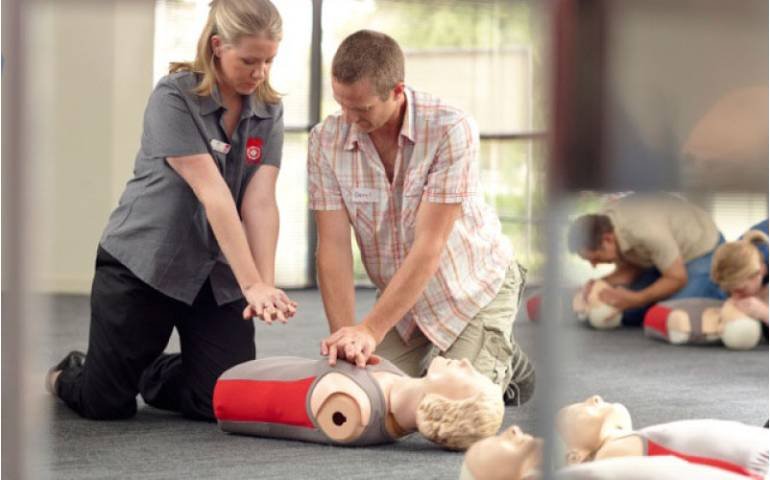An unconscious casualty is a medical emergency that requires prompt and effective first aid treatment. The primary objective of first aid treatment for an unconscious casualty is to stabilize their condition and ensure that they are breathing and their heart is beating until professional medical help arrives.
Overview
The First Aid for Unconscious Casualty course is designed to equip you with the knowledge and skills to manage an incident where a person is unconscious. This course is ideal for individuals who want to become a first aider or those who need to update their first aid skills. Throughout the course, you will learn how to assess a casualty, identify the signs and symptoms of an unconscious casualty, and provide the necessary first aid treatment to stabilize their condition. You will also learn how to effectively communicate with emergency services and provide accurate information about the incident and the casualty's condition. By the end of the course, you will be able to confidently recognize and manage an unconscious casualty, understand the importance of early intervention, and provide effective first aid treatment. This course is taught by experienced first aid trainers who will guide you through practical exercises and simulations to reinforce your learning. Overall, the First Aid for Unconscious Casualty course is an essential training program for anyone who wants to develop the skills and knowledge to manage an emergency incident involving an unconscious casualty.What Will You Learn?
- How to manage an incident where a person is unconscious
- How to assess a casualty and identify the signs and symptoms of an unconscious casualty
- How to provide the necessary first aid treatment to stabilize an unconscious casualty
- How to recognize and manage potential hazards associated with an unconscious casualty
- How to effectively communicate with emergency services and provide accurate information about the incident and the casualty's condition
- How to monitor and support an unconscious casualty until professional medical help arrives
- How to provide basic life support techniques such as CPR and the use of an automated external defibrillator (AED)
- How to maintain accurate records and report the incident to the relevant authorities
- How to ensure that you are taking appropriate steps to minimize the risk of infection or cross-contamination during the first aid treatment process.
Who Should Take The First Aid for Unconscious Casualty Course?
- Individuals who want to become a first aider in their workplace or community
- Employees who are responsible for health and safety in the workplace, such as health and safety officers, managers, and supervisors
- Caregivers, parents, and guardians who want to learn how to provide first aid treatment to their loved ones in the event of an emergency
- Teachers, coaches, and sports instructors who are responsible for the well-being of their students or athletes
- Emergency responders, such as firefighters, police officers, and ambulance personnel, who want to refresh their first aid skills and knowledge
- Individuals who work in high-risk environments, such as construction sites, manufacturing facilities, and oil rigs, where accidents and injuries are more likely to occur.
Requirements
There are no specific requirements to take the First Aid for Unconscious Casualty course. However, participants should have a basic understanding of English language and numeracy skills to understand the course material and complete the assessments.Course Curriculum
-
- Become a First Aider 00:52:00
-
- Managing an incident 00:47:00
- Assessing a casualty 00:50:00
- Order Certificate 00:05:00
New Courses
Blogs
Jul'23
ADHD Training for Teachers: Empowering Educators to Support Students with Attention Challenges
Relationships may be severely harmed by narcissistic behaviours, leaving emotional scars and...
Jul'23
Narcissistic Behaviour and Relationships: Understanding the Impact and Finding Healing
Relationships may be severely harmed by narcissistic behaviours, leaving emotional...
Jul'23
Childhood Trauma in Adults
What Is Childhood Trauma? Childhood trauma refers to distressing or...
Jul'23
Creating A Social Media Strategy
Set Clear Objectives:The first step in developing a successful social media...
Jul'23
Neuro-Linguistic Programming Techniques
Neuro-Linguistic Programming (NLP) is a fascinating and widely acclaimed approach...
Jul'23
Acceptance and Commitment Therapy in the UK
What is acceptance and commitment therapy? Acceptance and Commitment Therapy...





